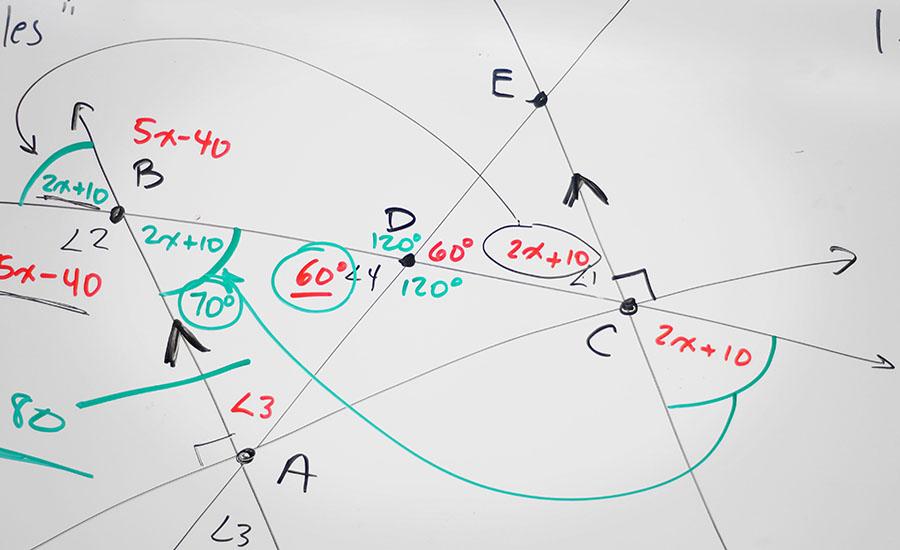For this lesson, students will use the engineering design process for the tiny house design challenge, which will include a design board, floor plan, scale conversion sheet and a tiny house prototype
As part of a unit on renewable energy, students build and collect data on a solar powered fan. They learn about agrivoltaics and build a model of a racking system. They explore angles and energy use.
Students will be asked to design and build a playground using the given materials construction paper, toilet paper/paper towel rolls, jumbo/regular popsicle sticks, and glue/tape. They will learn
Students will create a geometric net to estimate how many cheerios will fit in the cube. They will use volume to create a real sized cereal box that they can fit 100 cheerios into without having lots
In this parts of a plant lesson students will be able to identify and describe the basic parts of a plant. Students will learn about seeds, roots, stems, leaves, flowers and fruit. Epics books will be
Design a helicopter out of paper only. Students will explore design and paper types.
This design challenge is broken up into four parts, this is part three. This lesson will focus on completing the build and evaluating/revising the device that groups began building in the previous
This lesson plan will allow students to explore the use of a PhET simulation in creating a series and parallel circuit, then apply this knowledge in creating a real circuit. Students will also learn
Electricity and magnetism are fundamental to the workings of nearly every gadget, appliance, vehicle, and machine we use. This great 6th Grade lesson covers magnetic fields where students will be able
First of Four. Introduction to how Edison Robots work. Students will self discover some of the possibilities of what the robots can do.
Lesson Two of Four: This lesson will help to show students there are lots of possibilities when building robots and students will be able to create their own prototype.
Introducing how EdScratch programming works with the Edison Robots. Activities and ideas linked in the lesson.
Students after learning how to use EDBlocks and EDScratch programming for Edison Robots will go to a younger class and teach those students how to do it too.
This lesson introduces 5th grade students to forces and motion using "floating" magnets on a dowel and a Newton's cradle. Students will also be introduced to Newton's 3 laws of motion and contact vs
Students are introduced to a project that asks them to use classroom materials to create a new form of vision technology. Students review how the eye works, create a plan, and share that plan with
Engage your students by learning about the Ferris Wheel and constructing a ferris wheel in a collaborative assignment. The informational text of Mr. Ferris and His Wheel is linked for your convenience
You've crash-landed on an alien planet and must find a way to survive with the help of native flora and fauna. Students will document alien life-forms in a field journal and use that information to
This design challenge is broken up into four parts, this is part four. This lesson will focus on sharing each group’s design and discussing their iterations (Share). In order to successfully execute
Students will use science and engineering practices to design and build a parachute out of everyday items. The parachute must be able to carry a metal washer to a specific target on the ground while
Students will learn about forces and motion by building a straw rocket. They will measure how far their rocket flies and then build a second rocket to see if they can make it go farther.
In this lesson, students will explore how gravity and the layers of the Earth's crust work together to filter contaminated water. Students will build a water filter and test the water filter with
This lesson will take 2 60 minute class periods. Students will watch a video, read a book, and have class discussions about earthquakes. This lesson will walk students through the design process
Featured Lesson Plans
Check out these notable lesson plans.

Students use Google Earth Timelapse to observe changes to glaciers over time before completing an investigation on the effects of melting sea ice and land ice on global sea level rise. This

This is the second lesson plan that goes with the series of four lesson plans for the book Song for a Whale by Lynne Kelly. This lesson focuses on vibrations, sounds, and music. The final project is

SNOW
This lesson includes literacy, math, and art about snowflakes. Within math, students will dive into an analysis of angles within a common snowflake. Students will listen to an informational text about


